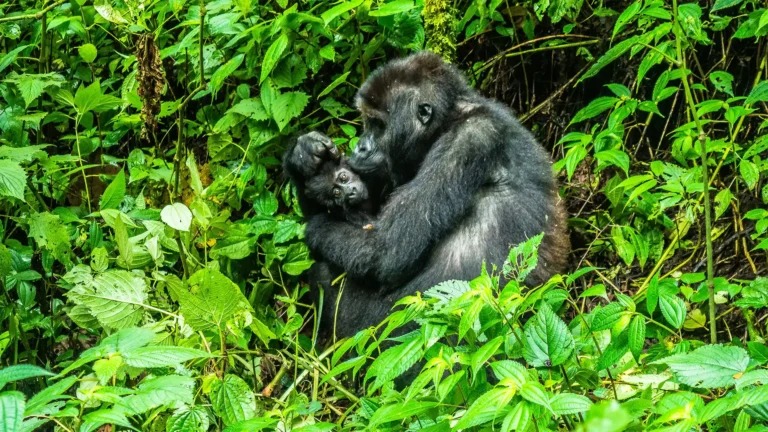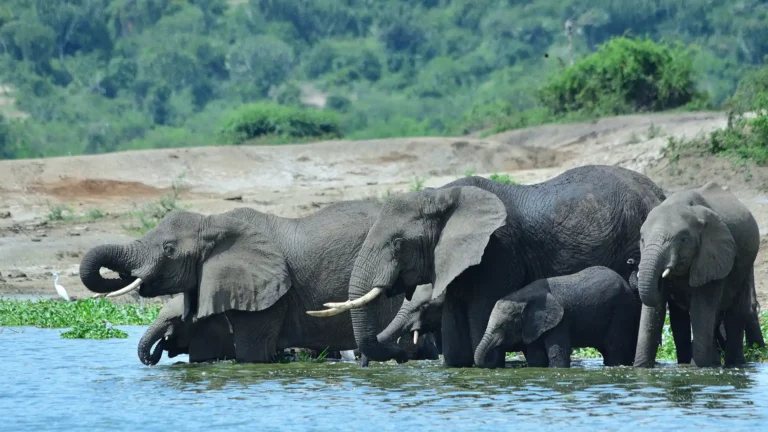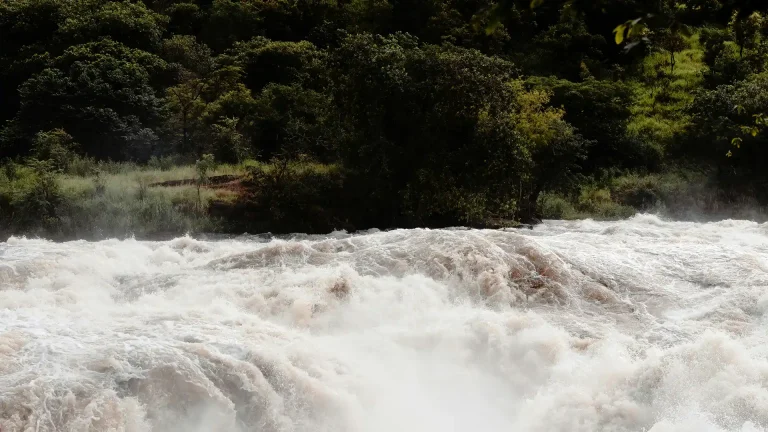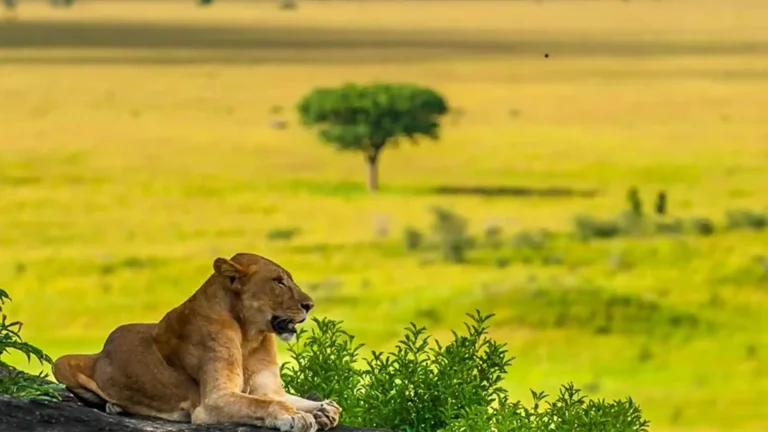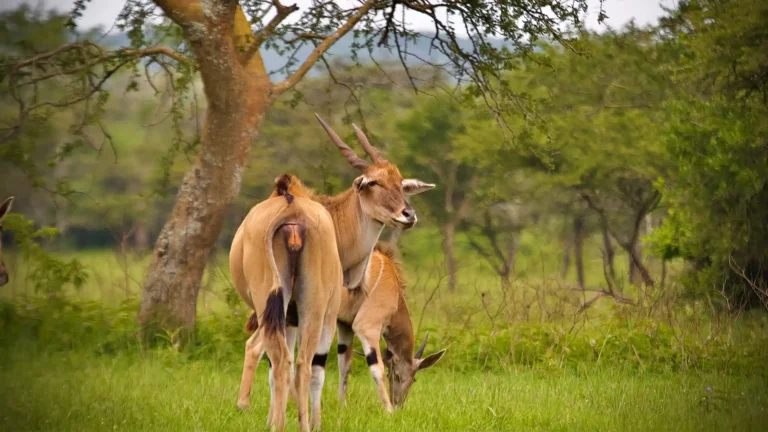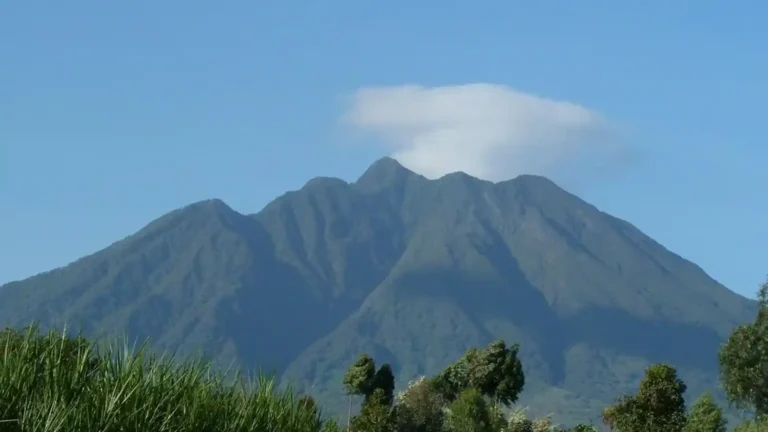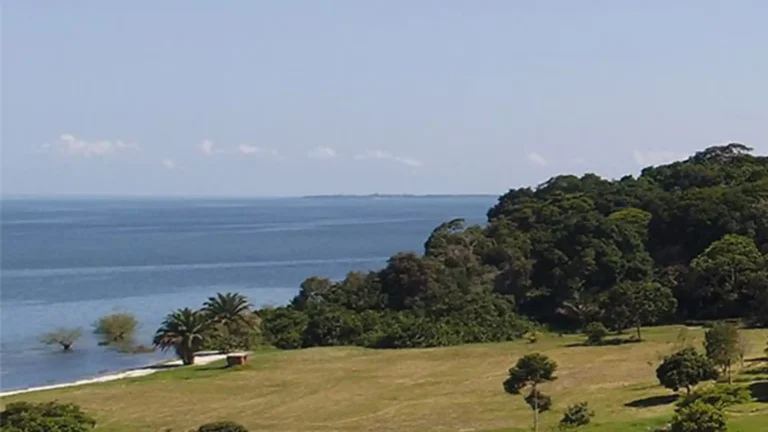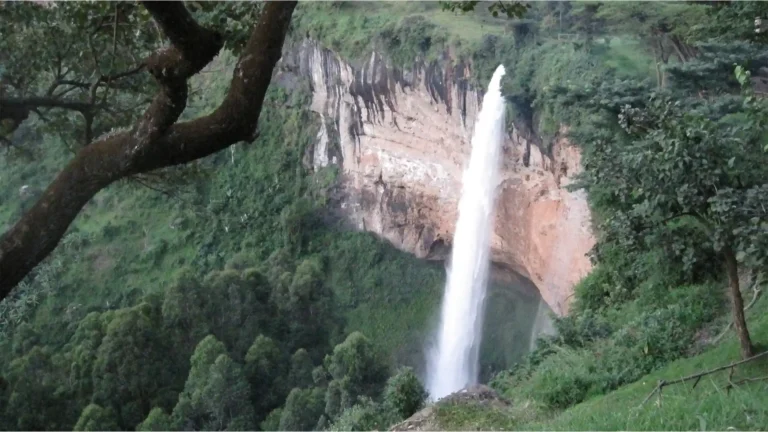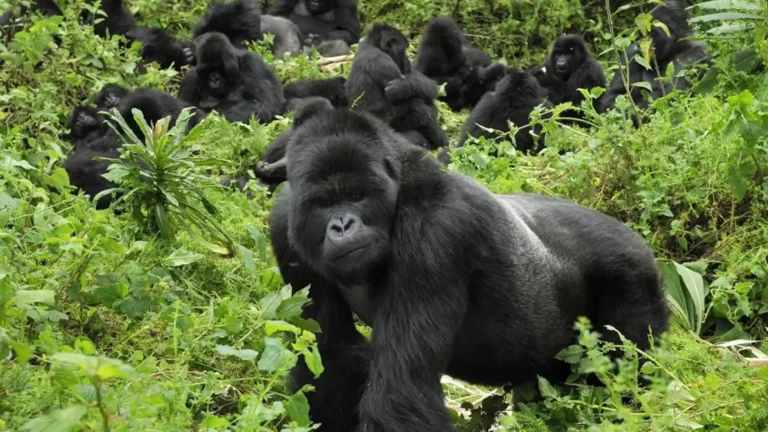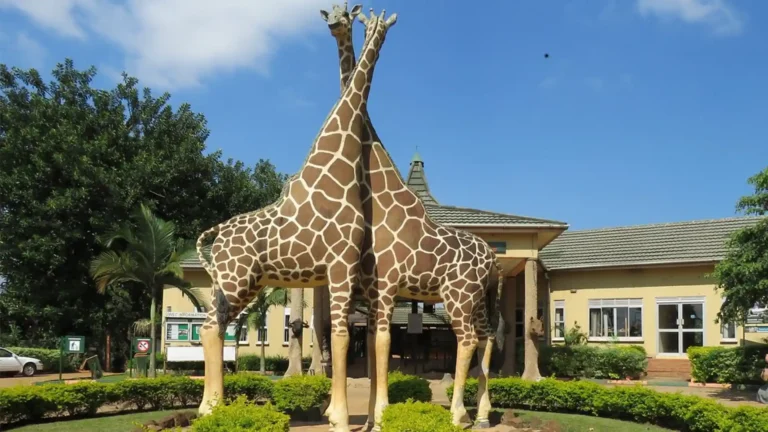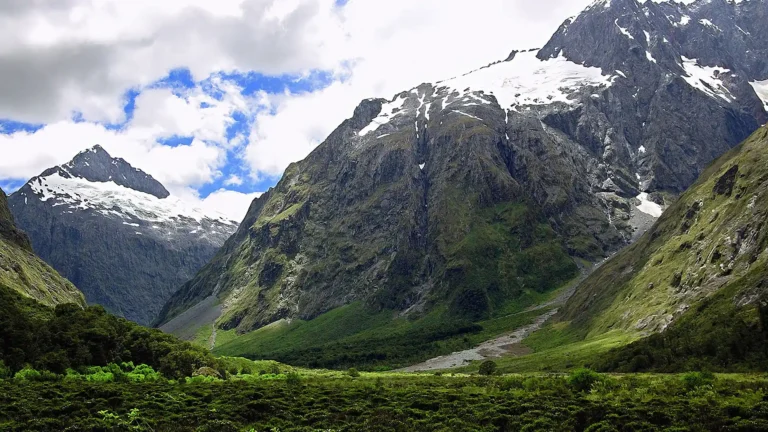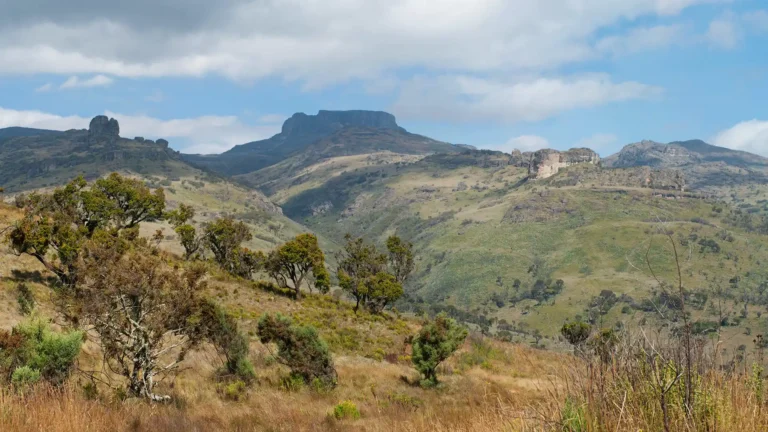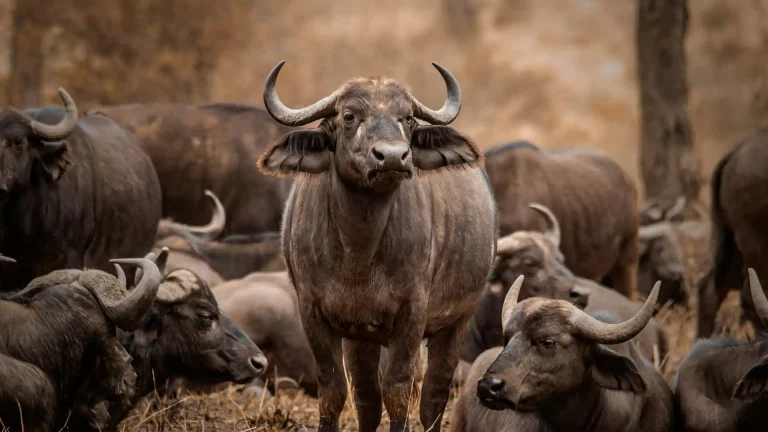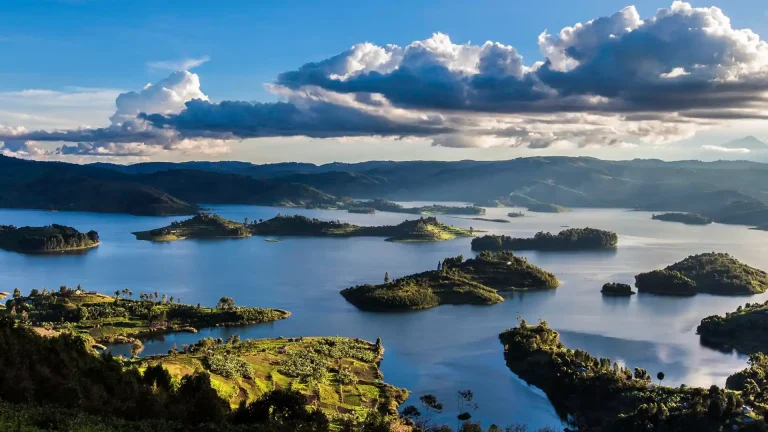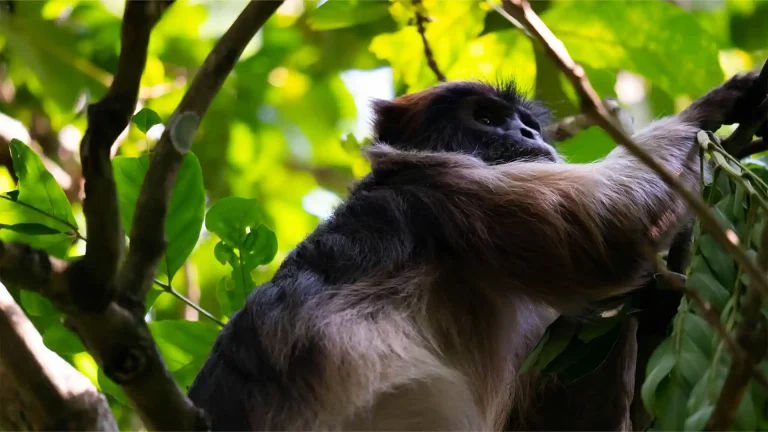Mabira Forest
Lush rainforest near Kampala offering thrilling canopy walks, vibrant birdlife, and eco-adventures.
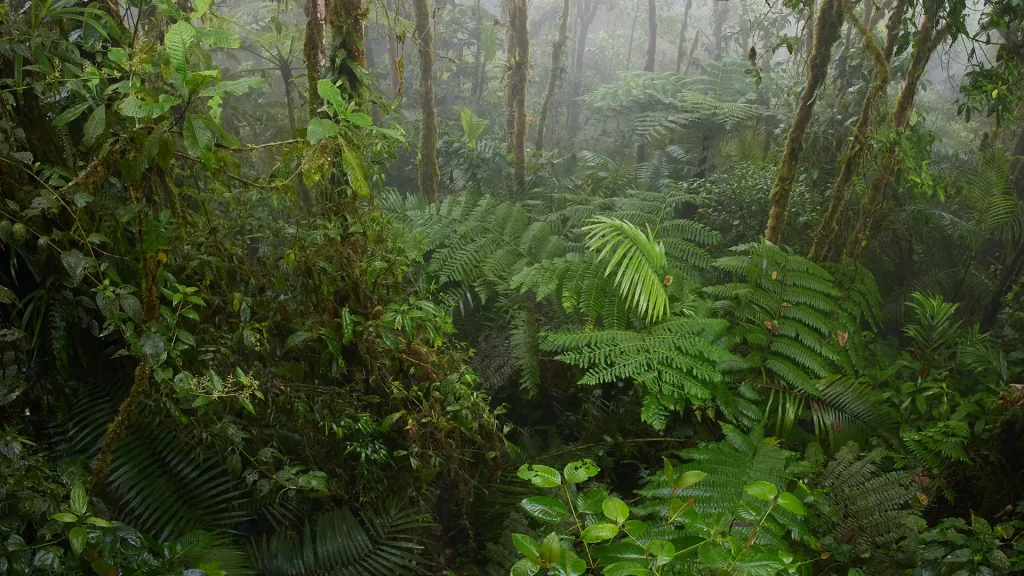
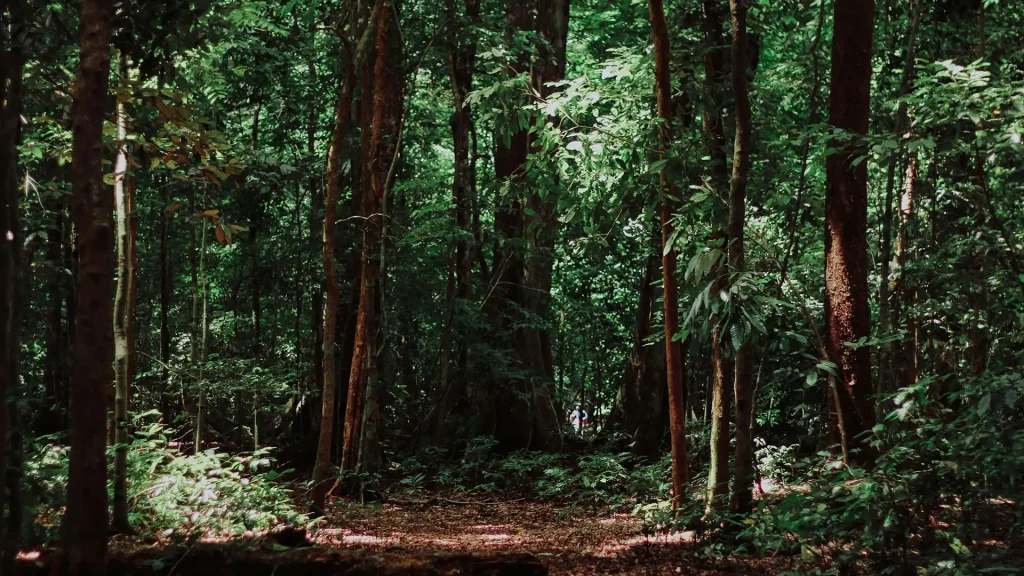
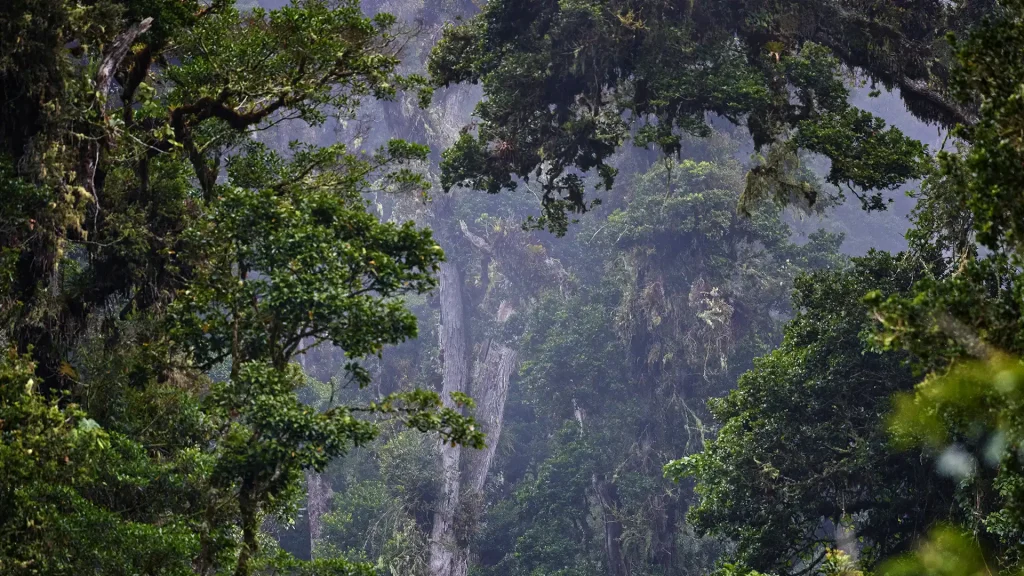
Overview
Mabira Forest, a vast tropical rainforest located in central Uganda between the cities of Kampala and Jinja, covers approximately 300 square kilometers. This forestwas gazetted in 1932 and 1996, and stands as a vital ecological and cultural treasure. The forest’s climate is typically humid and equatorial, characterized by substantial rainfall that nurtures its lush vegetation and rich biodiversity. Mabira Forest is home to over 300 bird species, including the Nahan’s francolin and the African grey parrot, making it a haven for birdwatchers. Wildlife enthusiasts can also encounter various primates such as the red-tailed monkey and the grey-cheeked mangabey, alongside other mammals like the elusive bushbuck. The forest’s plant life is equally diverse, featuring over 200 tree species, including the iconic mahogany and fig trees, interspersed with vibrant orchids and medicinal plants. Visitors to Mabira Forest can enjoy a range of activities, from canopy walks and hiking to mountain biking and eco-tours, all amidst the breathtaking scenery and the sounds of the forest.
Things to Do
Canopy Walks: Experience the thrill of walking above the forest floor on Mabira’s famous canopy walkways. These elevated trails provide a unique perspective of the lush rainforest, allowing you to observe birds, monkeys, and the rich plant life from up high. The canopy walk is an exhilarating way to immerse yourself in the forest’s vibrant ecosystem.
Bird Watching: Mabira Forest is a birdwatcher’s paradise, home to over 300 bird species. Spot rare and colorful birds like the Nahan’s francolin, the African grey parrot, and the great blue turaco. Early morning and late afternoon walks offer the best chances to see these beautiful creatures in their natural habitat.
Nature Walks and Hiking: Explore Mabira Forest on foot through its numerous trails that wind through the dense vegetation. Guided nature walks and hikes provide an opportunity to learn about the forest’s diverse flora and fauna, from towering mahogany trees to delicate orchids. The peaceful ambiance and the sounds of the forest create a deeply engaging experience.
Mountain Biking: For those seeking adventure, Mabira Forest offers exciting mountain biking trails. Ride through the forest’s varied terrain, navigating winding paths and rugged tracks. The trails cater to different skill levels, making it an enjoyable activity for both beginners and seasoned bikers.
Primate Watching: Mabira Forest is home to several primate species, including the red-tailed monkey, grey-cheeked mangabey, and vervet monkey. Spend time observing these fascinating animals as they move through the trees and engage in their daily activities. Watching primates in their natural environment is both educational and thrilling.
Eco-Tourism and Conservation Education: Learn about the important conservation efforts in Mabira Forest through eco-tourism programs. These initiatives focus on preserving the forest’s biodiversity and educating visitors about sustainable practices. Participate in tree planting activities and gain insights into the forest’s ecological significance.
Cultural Encounters: Engage with the local communities surrounding Mabira Forest. Experience traditional Ugandan culture through dance performances, craft demonstrations, and storytelling sessions. These cultural encounters provide a deeper understanding of the people who live in harmony with the forest and depend on it for their livelihoods.
Picnic and Relaxation Spots: Enjoy a relaxing day in Mabira Forest at designated picnic areas. These spots offer a peaceful setting where you can unwind, enjoy a meal, and take in the serene beauty of the forest. The cool, shaded environment provides a perfect escape from the hustle and bustle of city life.
Visiting the Griffin Falls: Hike to the stunning Griffin Falls, a hidden gem within Mabira Forest. The trek to the falls is an adventure in itself, and the sight of the cascading water is truly breathtaking. It’s an ideal spot for photography and relaxation, surrounded by the sounds of nature.
Butterfly Watching: Discover the vibrant butterfly population in Mabira Forest. With over 200 species of butterflies, the forest offers a colorful spectacle for nature enthusiasts. Take a leisurely walk and observe these delicate insects fluttering among the flowers and foliage.
What to See
Diverse Bird Species: Mabira Forest is a birdwatcher’s paradise with over 300 bird species to spot. Look out for the colorful Great Blue Turaco, the stunning Nahan’s Francolin, and the African Grey Parrot. The forest’s diverse avian population makes every birding expedition a delightful experience.
Primates and Mammals: Encounter a variety of primates such as the Red-tailed Monkey, Grey-cheeked Mangabey, and Vervet Monkey. The forest is also home to other mammals like the Duiker, Bushbuck, and the elusive African Civet. Each sighting is a thrilling reminder of the forest’s rich biodiversity.
Majestic Trees and Flora: Explore the lush vegetation featuring over 200 tree species, including the towering Mahogany and the majestic Fig Trees. The forest floor is carpeted with vibrant ferns, orchids, and other unique plant species that create a breathtaking tapestry of green.
Butterfly Haven: Witness the enchanting sight of over 200 species of butterflies flitting through the forest. From the striking African Giant Swallowtail to the delicate Blue Diadem, Mabira Forest’s butterflies add a magical touch to the forest’s natural beauty.
Griffin Falls: Visit the scenic Griffin Falls, a beautiful spot within the forest. The sound of cascading water and the surrounding greenery provide a serene backdrop for relaxation and photography. The falls are also a popular spot for guided hikes and nature walks.
Historical Sites: Discover historical sites within Mabira Forest, such as the ancient trees that have stood for centuries. Learn about the forest’s role in local history and its significance to the communities that have depended on it for generations.
Canopy Walkway: Experience the forest from a different perspective with the thrilling canopy walkway. Suspended high above the forest floor, this walkway offers panoramic views of the treetops and an exhilarating way to observe the forest’s wildlife and plants.
Medicinal Plants: Learn about the traditional medicinal plants used by local communities. Guides will share knowledge about the various plants and their uses, offering insight into the forest’s role in natural medicine and cultural practices.
Scenic Trails: Explore the network of scenic trails that wind through Mabira Forest. Each trail offers a unique view of the forest’s landscape, from dense undergrowth to open clearings, providing a constantly changing and captivating environment for hikers.
Eco-tourism Projects: Visit eco-tourism projects that promote sustainable forest management and conservation. Engage with initiatives that aim to protect the forest while supporting local livelihoods, and learn how you can contribute to these efforts.
Best Time to Visit
The best time to visit Mabira Forest is during the dry seasons, which typically run from December to February and from June to August. During these periods, the weather is more favorable for outdoor activities, with less rainfall making the forest trails easier to navigate and the wildlife more visible. Birdwatching is particularly rewarding in these months, as many bird species are more active and easier to spot. The cooler, dry climate enhances the experience of canopy walks, nature hikes, and eco-tours, allowing you to fully immerse yourself in the lush beauty of this ancient rainforest.
Getting there
By Road from Kampala Mabira Forest is conveniently located just 54 kilometers east of Kampala, Uganda’s bustling capital. The most common and practical way to reach Mabira Forest is by road. From Kampala, take the Jinja Road (A109), which is a well-maintained and busy highway. The drive typically takes about 1 to 1.5 hours, offering a scenic route through Uganda’s central region. As you leave the urban landscape behind, you’ll notice the gradual transition to lush greenery, giving you a taste of the natural beauty that awaits.
By Road from Jinja If you’re traveling from Jinja, the drive to Mabira Forest is even shorter. Located just 26 kilometers west of Jinja, the journey takes approximately 30 to 45 minutes via the Jinja-Kampala highway. This route provides a quick and scenic escape from the city, making it perfect for a day trip or a longer stay in the forest.
Where to Stay
Mid-Range Accommodation:
Griffin Falls Camp
Located at the edge of the trail leading to Griffin Falls, this camp offers a rustic experience with good campsites, evening campfires, and BBQs on weekends. The staff is friendly, and booking here helps support community projects. It’s perfect for those who want to immerse themselves in the natural beauty of Mabira Forest while supporting local initiatives.
Mabira Forest Lodge
A modern eco-friendly facility that provides mid-range comfort in a serene environment. It is ideal for nature lovers and those looking to explore the forest’s rich biodiversity. This lodge combines comfort with the opportunity to engage in various outdoor activities, such as nature walks and birdwatching.
Luxury Accommodation:
The Rainforest Lodge
Nestled within Mabira Forest, this lodge offers 12 individual timber cabins with en-suite facilities and private forest-viewing decks. It features a swimming pool, sauna, massage services, and conference facilities. Activities include forest walks, mountain biking, birdwatching, and zip-lining. The lodge provides a blend of comfort and nature, making it an ideal choice for a luxurious retreat.
Mabira Rainforest Lodge
Located 15 km west of Jinja, this lodge offers a peaceful retreat with cozy guest cottages made from natural materials. Guests can enjoy guided walks in the forest, birdwatching, and other activities. The lodge provides an atmospheric setting with excellent amenities and a high level of guest satisfaction, perfect for birders and those seeking a convenient weekend hideaway from Kampala.
Other Attractions in Uganda
General Knowledge Base
Etiam imperdiet imperdiet orci.
Mabira Forest covers approximately 300 square kilometers, making it one of Uganda’s largest surviving rainforests.
The forest experiences a humid, equatorial climate with substantial rainfall throughout the year, fostering a rich and diverse ecosystem.
Mabira Forest is home to over 300 bird species, including rare and endemic species like the Nahan’s francolin and the African grey parrot, making it a birdwatcher’s paradise.
The forest is inhabited by several primate species, including the red-tailed monkey, grey-cheeked mangabey, and the black-and-white colobus monkey.
Mabira Forest hosts over 200 tree species, including the iconic mahogany and fig trees, alongside vibrant orchids and numerous medicinal plants.
Visitors can enjoy canopy walks, hiking, mountain biking, and eco-tours, all amidst the breathtaking scenery and rich biodiversity of the forest.
Besides primates, Mabira Forest is home to mammals like the bushbuck, and a variety of reptiles and amphibians, contributing to its rich biodiversity.
The forest supports the local economy through eco-tourism, providing livelihoods for guides, hospitality workers, and those involved in conservation efforts. It also supplies non-timber forest products such as fruits, nuts, and medicinal plants.

